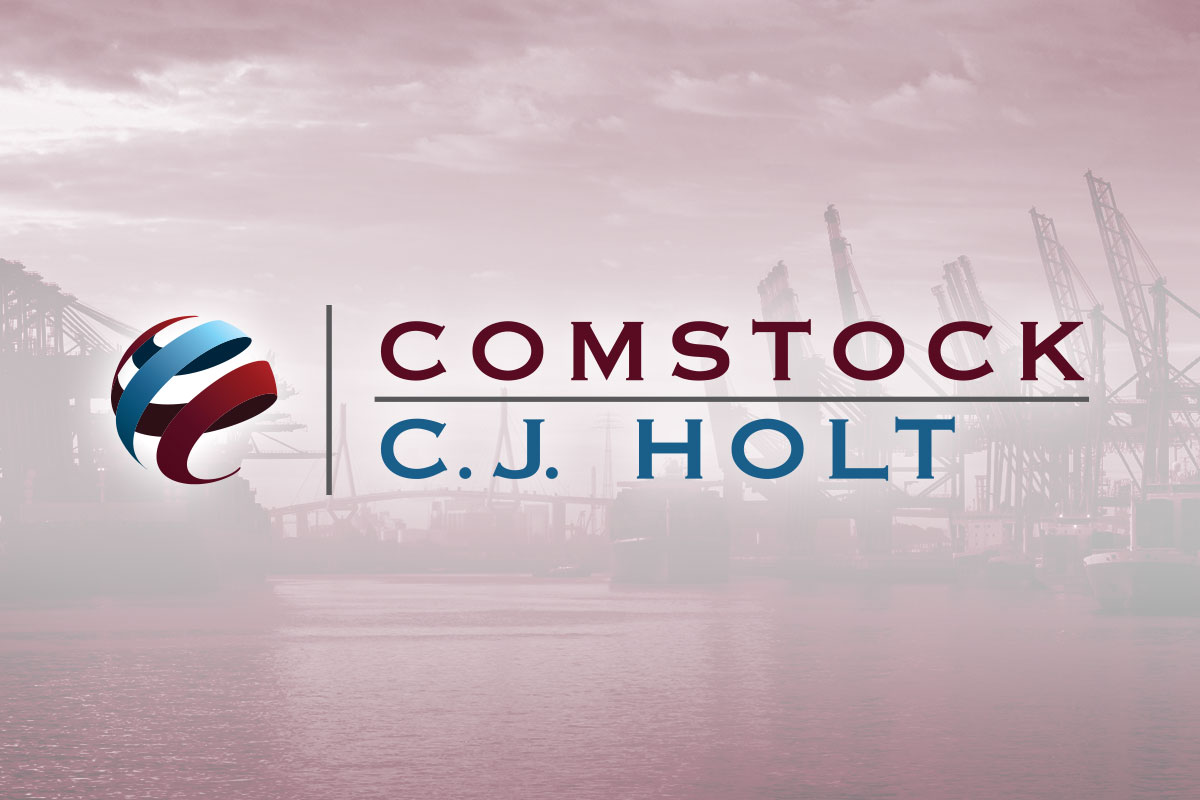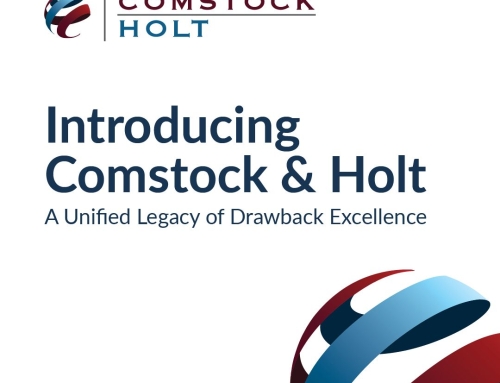As the sun is setting on 2014, we find that there’s much that went unanswered for the drawback world. From legislative breakthroughs that we hoped would come to smaller questions that have been presented to CBP, time quickly passes without resolution.
This year, there have been discussions about moving drawback to the Automated Commercial Environment (ACE) and in passing the Customs Reauthorization bill that would revolutionize the way drawback is administered in the 21st Century.
ACE
ACE will be the single window for import and export processing by the end of 2016. A move to ACE would bring drawback into the technology age and away from paper claims and heavy processing times. A few of the possible advantages:
-
- Simplify application process for claimants by cutting back or eliminating requirements;
- Drawback claims filed electronically;
- Electric filing of drawback bonds;
- Faster turnaround times; and
- Use of Document Imaging System to perfect claims, complete desk reviews, comply with proof of export requirements, etc.
A timeline for the continued ACE rollout has been released. The major timeframes and the details are:
-
- May 1, 2015: Mandatory use of ACE for all electronic manifest filings
- November 1, 2015: Mandatory use of ACE for all electronic cargo release and associated entry summary filings, including PGA data
- January 2, 2016: Increments 10 & 11 will be released, of which drawback will be incorporated
- October 1, 2016: Mandatory use of ACE for all remaining electronic trade processes (including drawback)
Where there are strong advantages to drawback in ACE and having drawback function much as the import process does today, there is still much to do. The discussion continues in drawback committee meetings among drawback brokers (of all sizes) who hope to have more momentum toward this goal as the year concludes.
Customs Reauthorization
The Customs Reauthorization bill, which is the current vehicle for drawback simplification, has been introduced and re-introduced into both houses of Congress for years without much progress. In today’s Congress it would be nice to see the members of opposing parties just shake hands with one another, let alone pass a bill that would make life more efficient for everyone! As a new Congress is elected and members of the House Ways and Means Committee and the Senate Finance Committee change seats, the education process starts anew.
After the election, there is a short window of opportunity for passage of legislation as the year closes. In that time, a bill can come to the floor quickly and Congressional members will need our input and we will have to be prepared to hit the ground running.
In our industry there is unfinished business to say the least, but there is hope on the horizon that the American drawback process can be simplified and streamlined to move ahead with the technology age.
Stay tuned!






